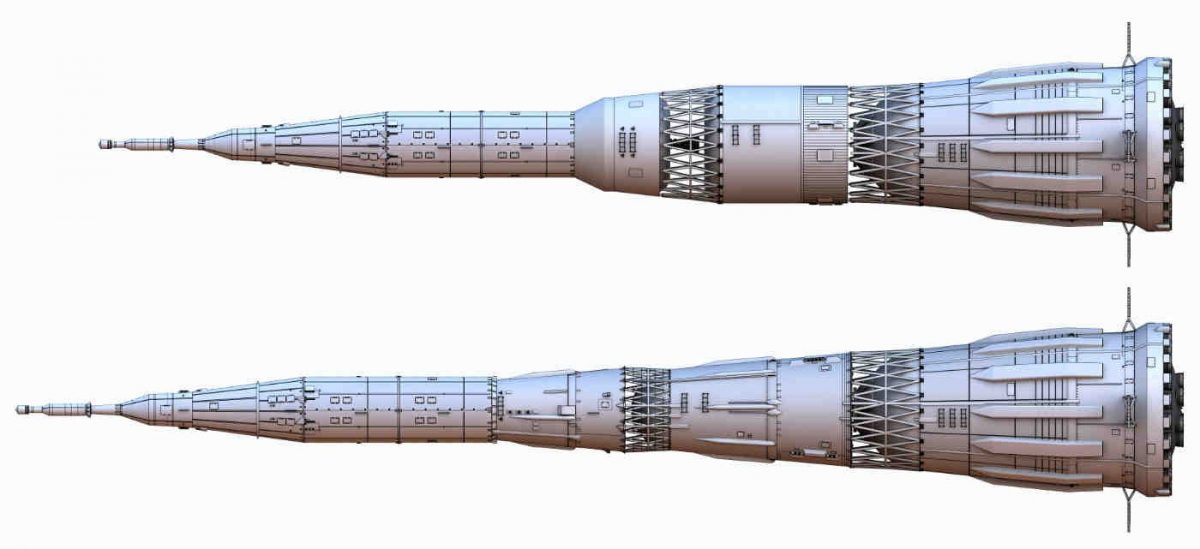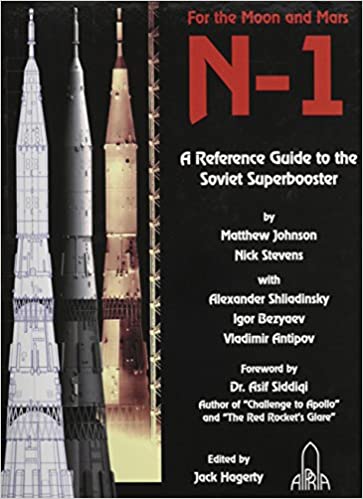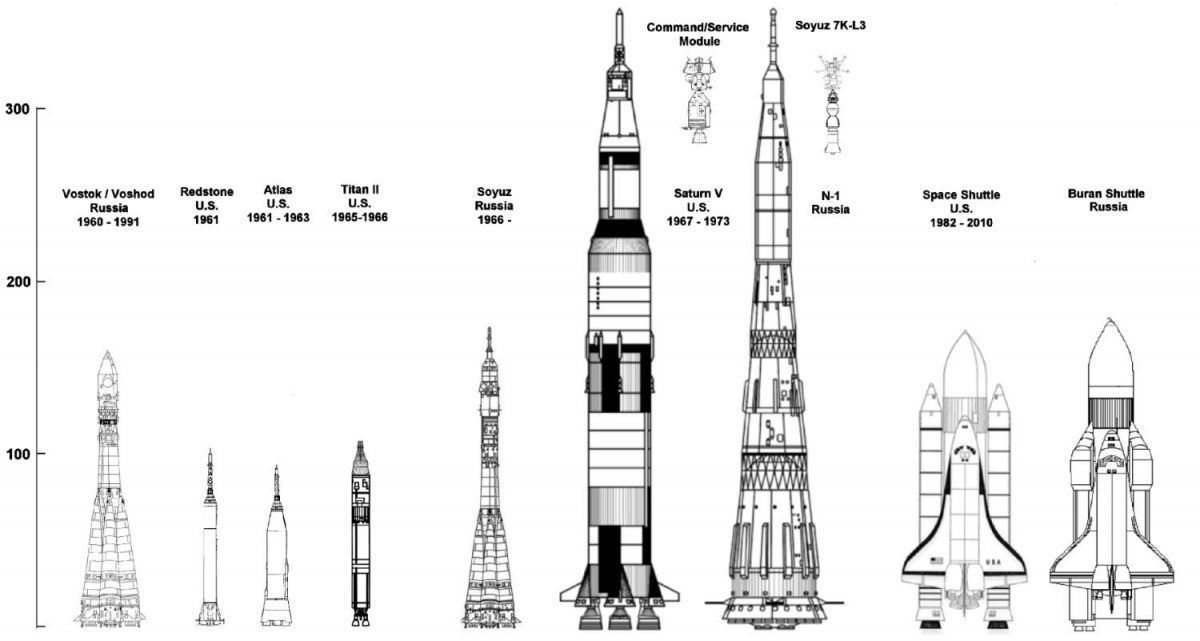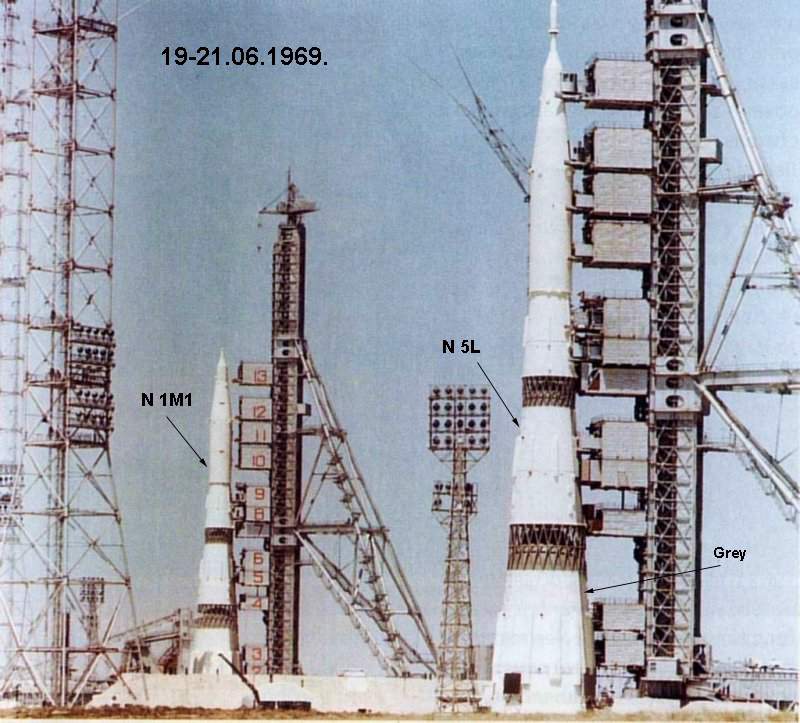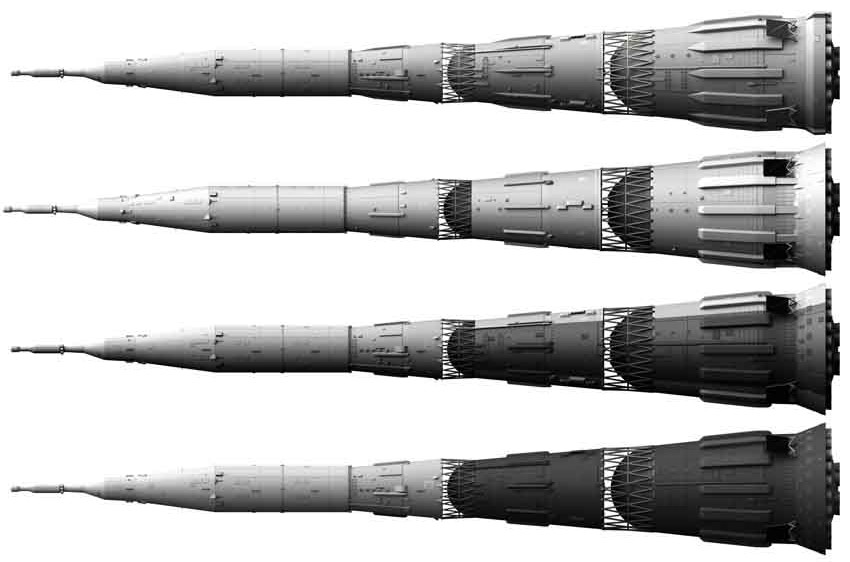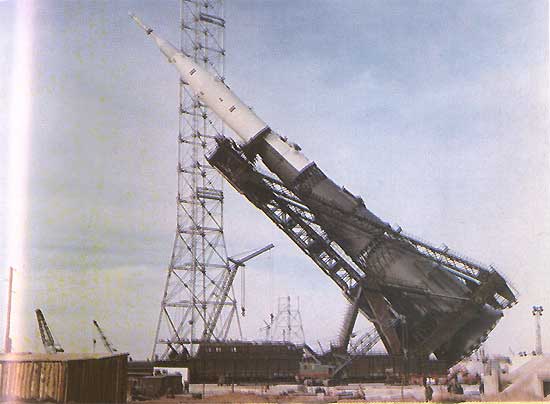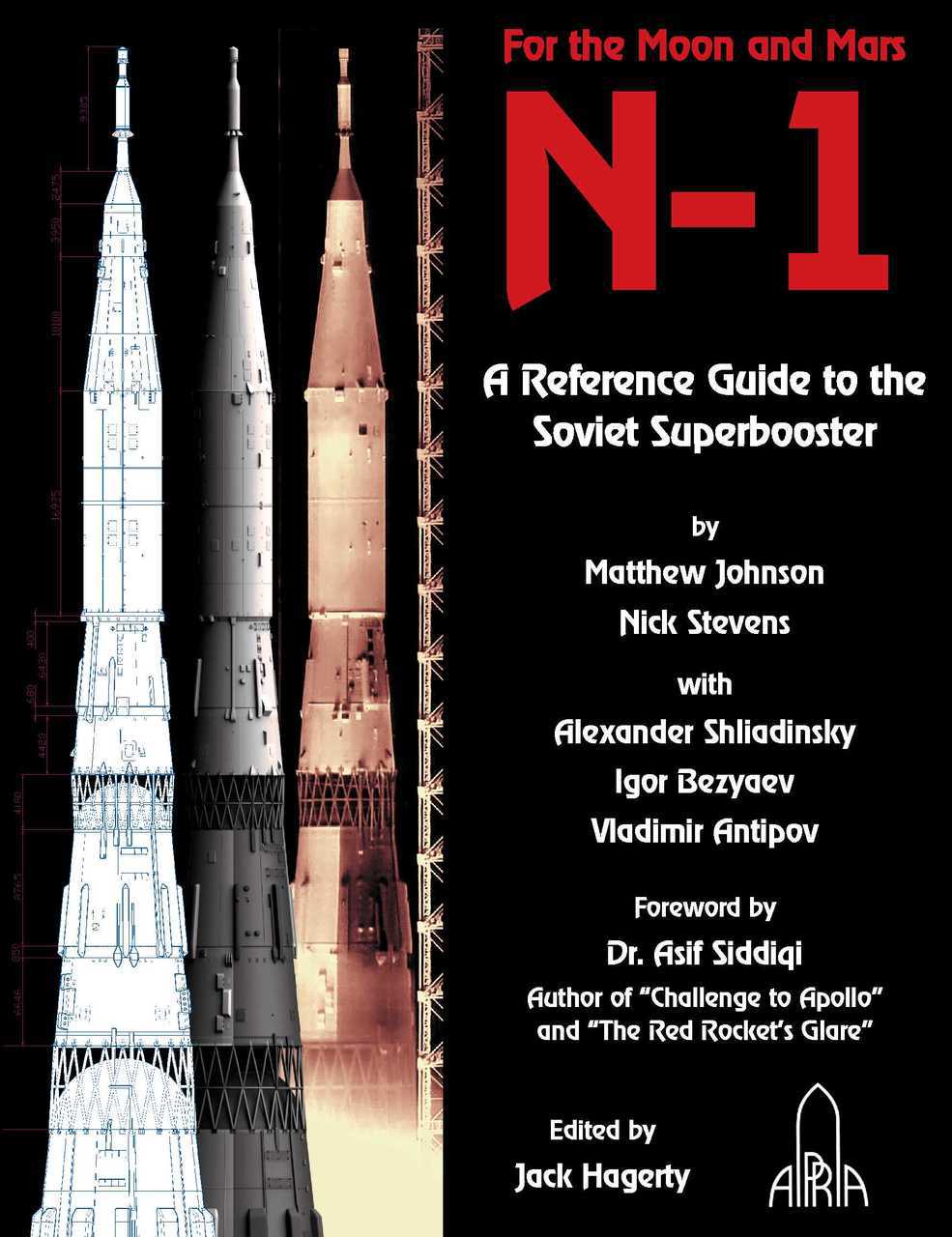I rarely post reviews, but this is something of a special case. I spotted the model of the Soviet NK-33 rocket engine, and decided to treat myself to one. As I am very clumsy, I ordered the built version. I was offered a nice discount if I reviewed it on Social Media, but you will be able to judge the quality for yourself, as I will show lots of details, and you can see exactly what you get.
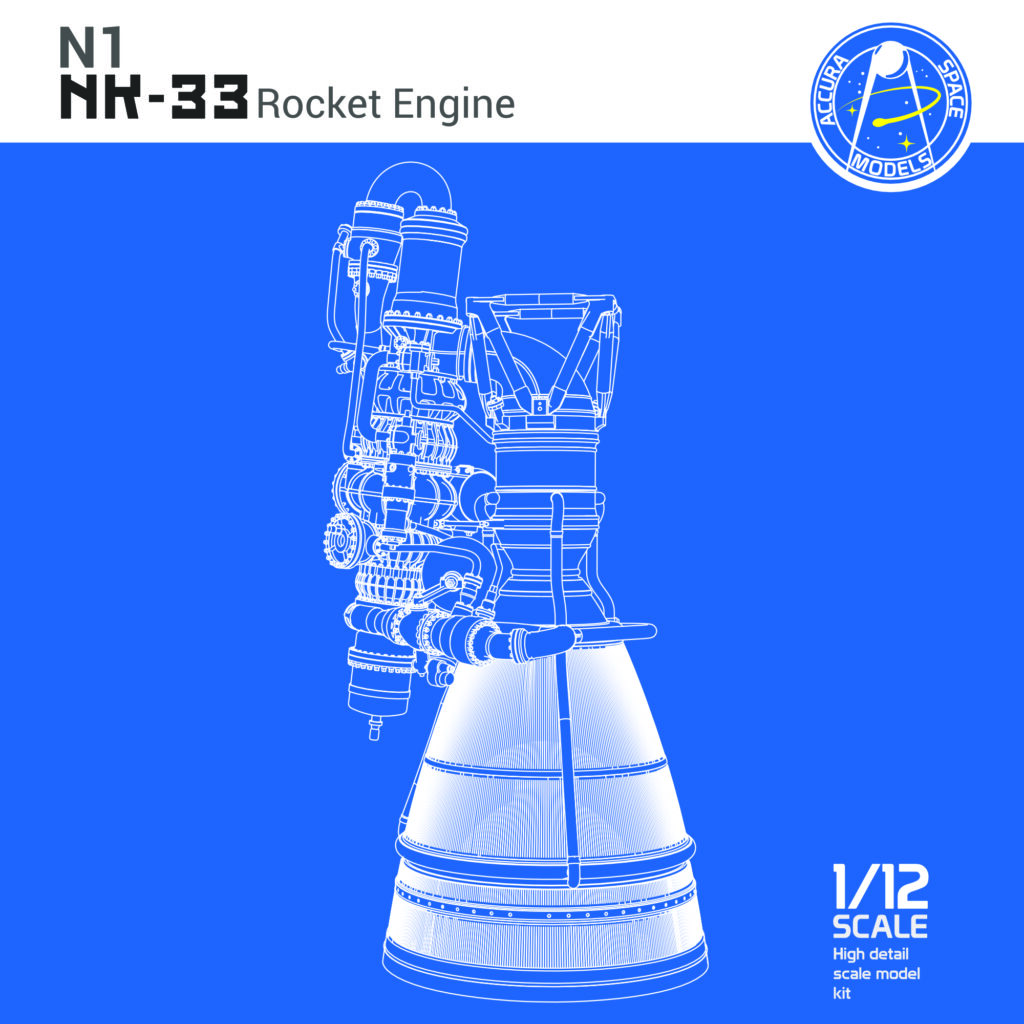
Historical Background
The NK-33 was developed for the Soviet N1 Moon rocket, by the Kuznetsov engineering bureau after the Soviet Union’s foremost Engine designer, Valentin Glushko point blank refused to develop the engines.
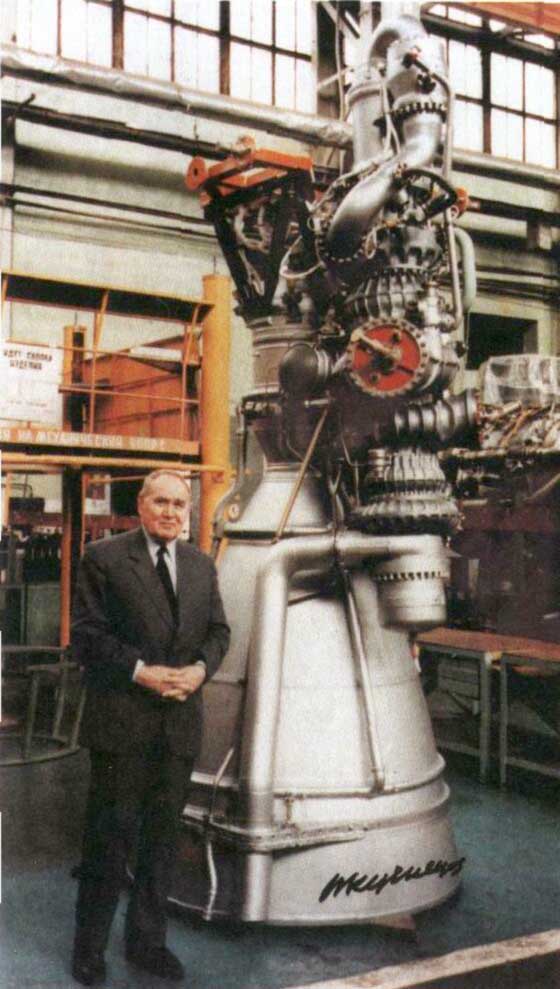
if you want more information on the history of the engines, there’s an excellent “Equinox” documentary on YouTube, with a LOT more information:
Ordering the kit.
Ordering was straightforward, and once the model was assembled and painted, Evangelos Agas got in touch to discuss the best way of getting it to me. I went for DHL, as I wanted to be sure it would arrive safely. In practice, it as exceptionally well packed, and I think special treatment is not required.
During the long build process, Evangelos kept me in touch with progress, showing me how it was coming along:
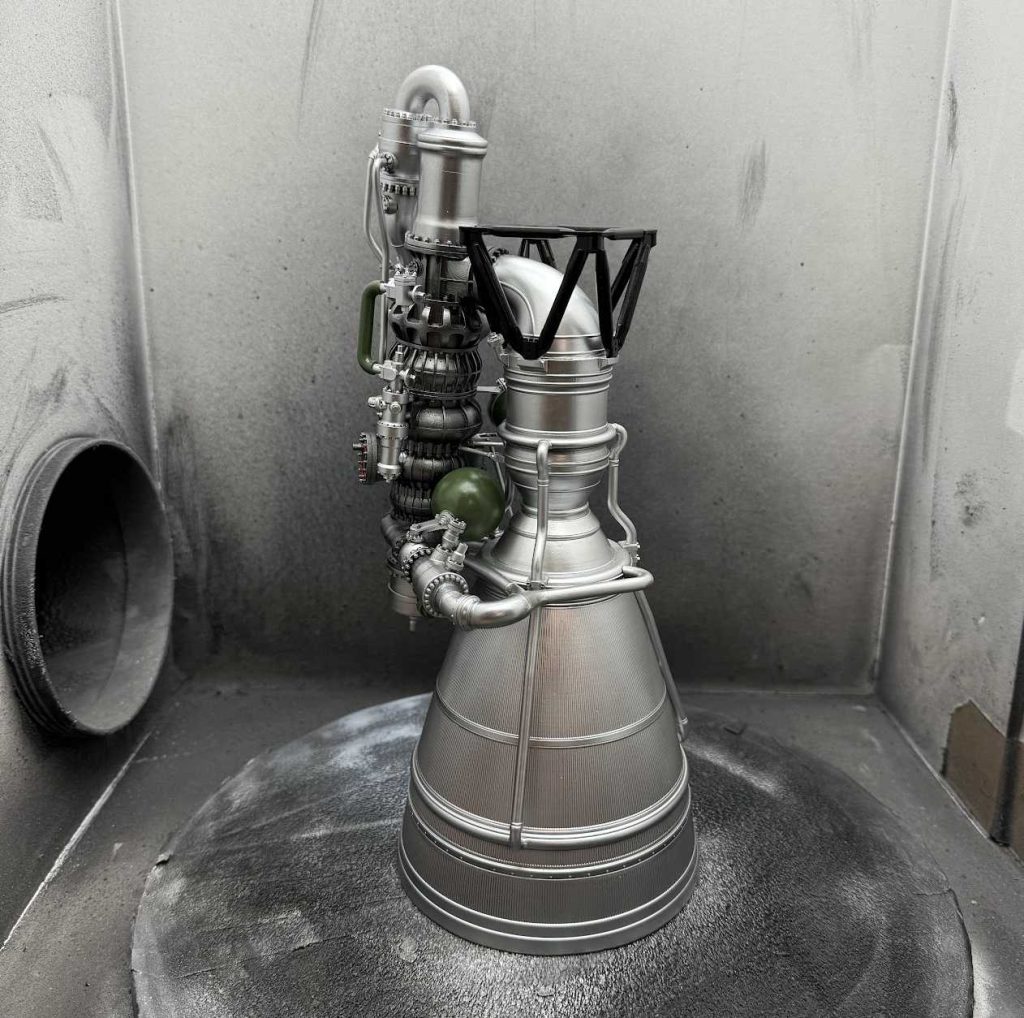
Here’s the box, partly unpacked:
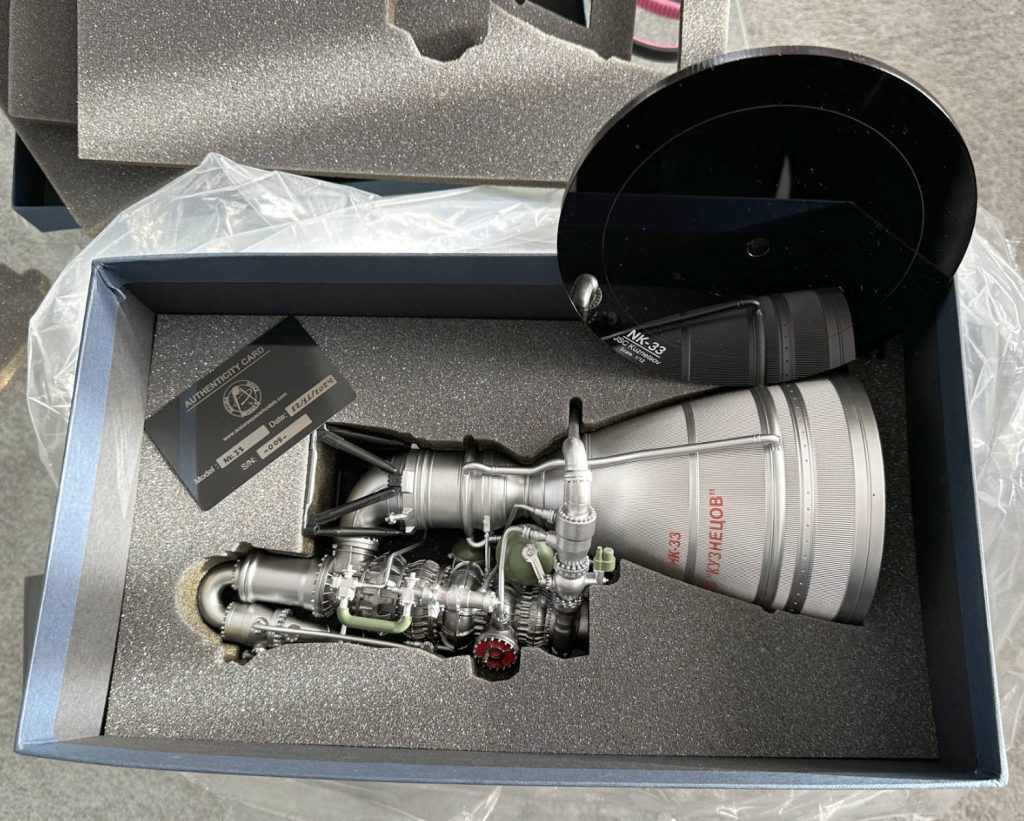
The separate layers of foam made for great protection, and the layers had numbers cut into them, to make it easy to reassemble if you need to. The box shown was inside another larger box with a lot more foam packing for even more protection. You can also see the authenticity card, and the nice shiny base stand. The authenticity card is the same size as a bank card, to help you understand the scale.
I managed to knock off one small part while getting it out, but Evangelos responding in minutes with a clear illustration of where it went, and a couple of dabs of superglue soon had it restored as good as new.
As you can see, there are some delicate parts here, (required for accuracy and detail), so you will need to be fairly careful when handling it. But it fits snugly onto the stand, so display won’t be a problem. Continue reading “Accura Space Models NK-33, a review”


